Buying Wholesale for Your Boutique: The Unfiltered Guide I Wish I Had
I’ll never forget my first time walking into the Los Angeles Fashion District. I had a little bit of savings in my bank account and this huge, shiny dream of opening my own clothing boutique. I stepped into a showroom and, wow, it was like a wonderland. The racks were packed with beautiful clothes, the fabrics looked amazing, and the prices seemed almost too good to be true. I honestly thought I’d struck gold.
In just two hours, I blew almost my entire starting budget. A week later, the boxes arrived. I was so excited, tearing them open… and that feeling just sank right into the pit of my stomach. The fabric on half the dresses was way thinner and cheaper-feeling than the samples I touched in the showroom. The stitching on a whole batch of blouses was already coming apart at the seams. And I had six dozen of them.
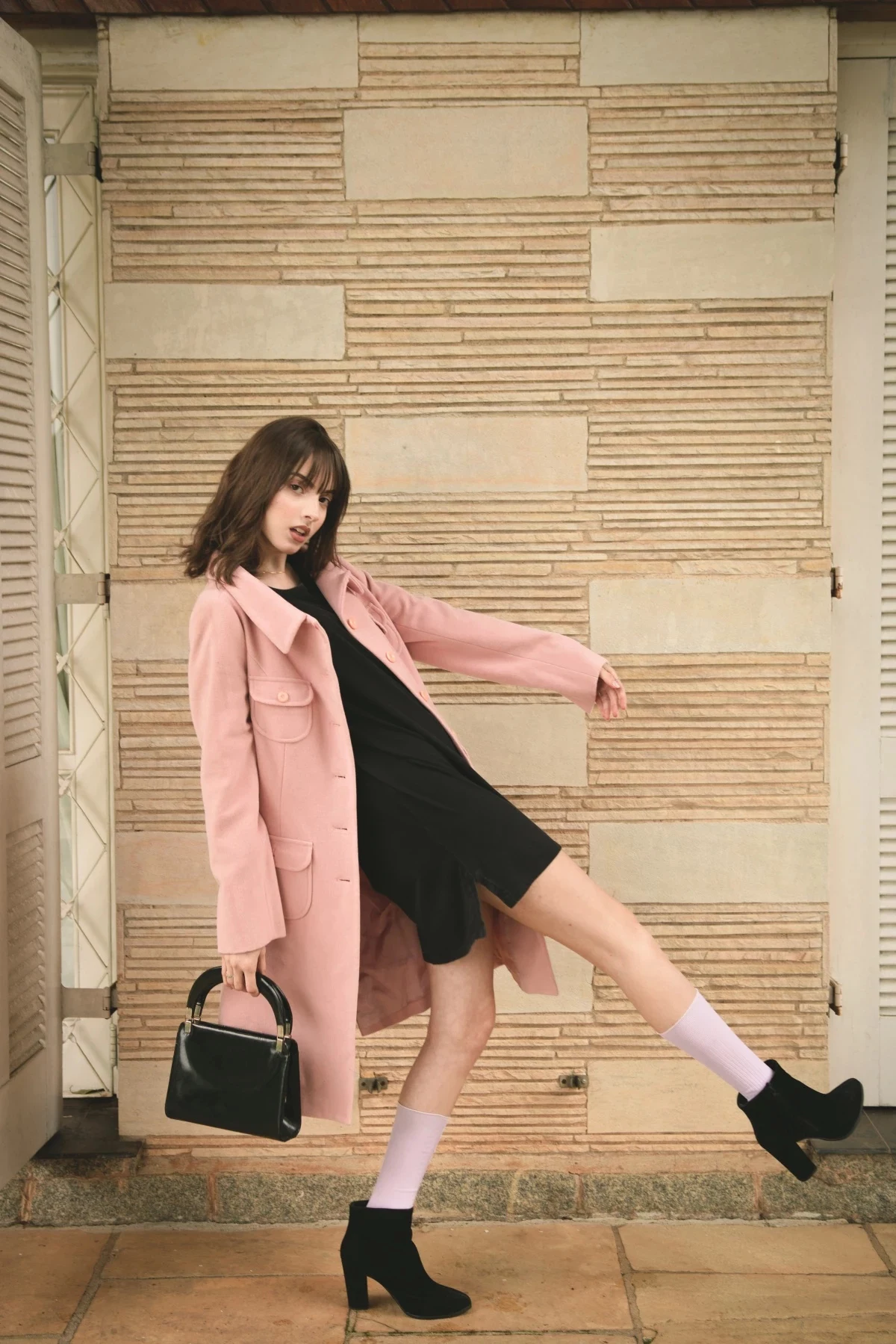
And that, right there, was an expensive lesson that taught me something crucial. Buying wholesale fashion isn’t just about getting a discount. It’s a professional skill that demands a sharp eye, a ton of research, and a very healthy dose of caution.
After years of running my own shops and then helping new owners get started, I’ve seen this industry from every angle. I want to give you the advice I wish someone had given me back then. This isn’t about finding cheap junk; it’s about building a real, sustainable business by understanding the game.
The Real Math Behind Wholesale Clothing
So many people think
Galerie d’inspiration
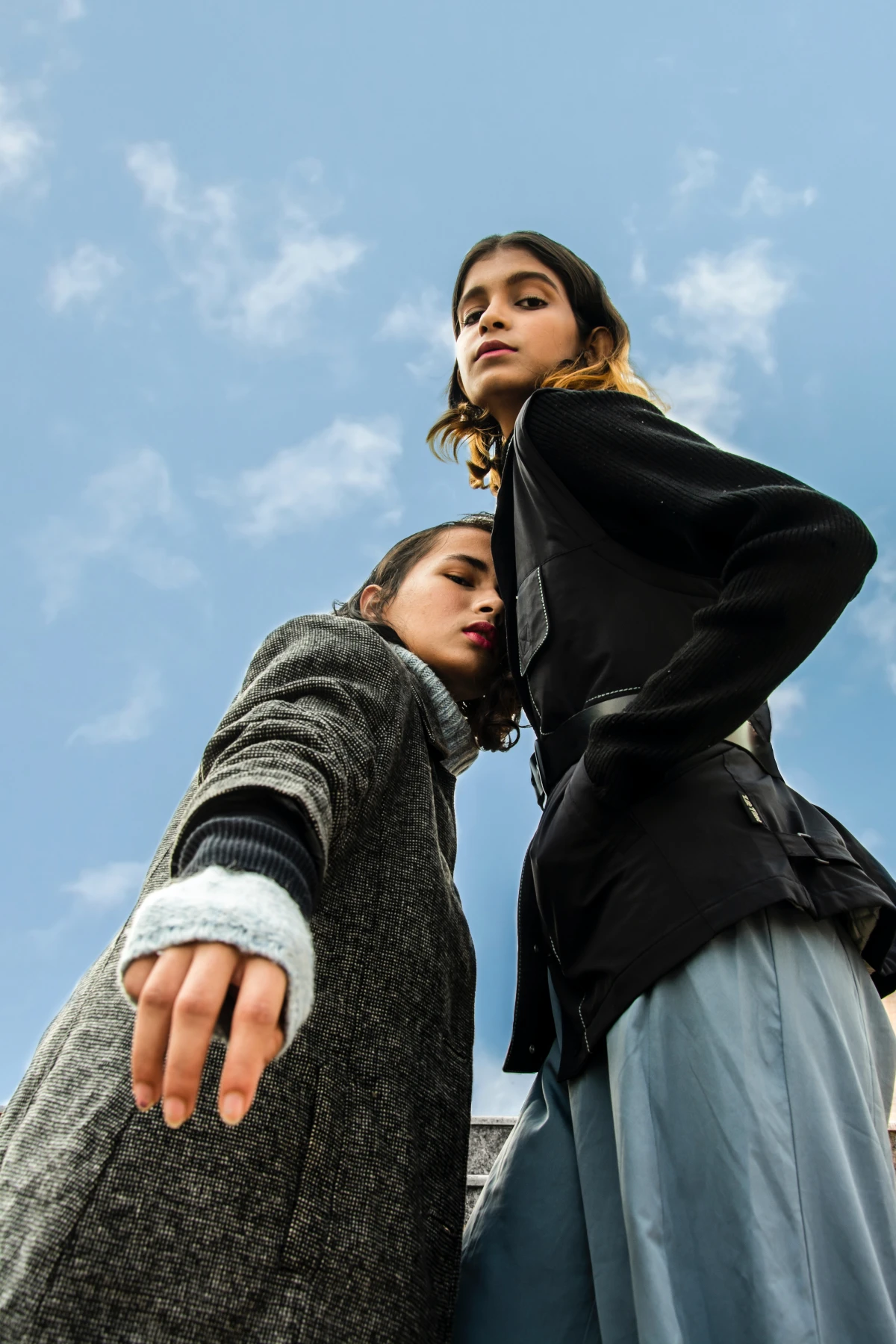
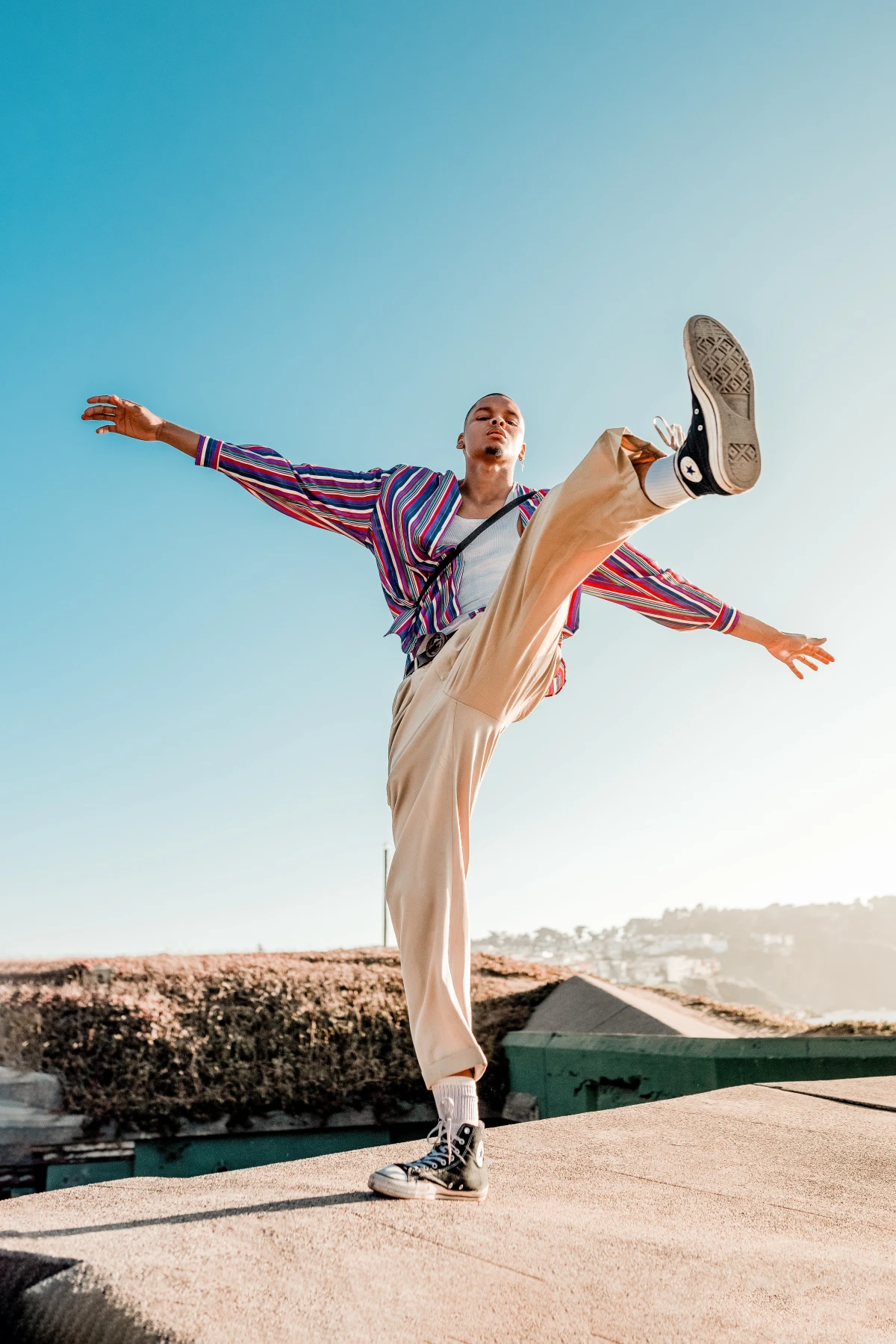
Faire: Known for its curated, almost artisanal feel. It’s fantastic for boutiques that blend clothing with accessories, gifts, and home goods. Their Net 60 payment terms for qualified retailers are a game-changer for managing cash flow when you’re starting out.
FashionGo: This is the digital pulse of the LA Fashion District. It’s a powerhouse for trend-driven, fast-fashion styles with a massive, constantly updated inventory. It requires a quick eye to sift through, but it’s unparalleled for sourcing of-the-moment pieces.
Your choice depends entirely on your boutique’s core identity.
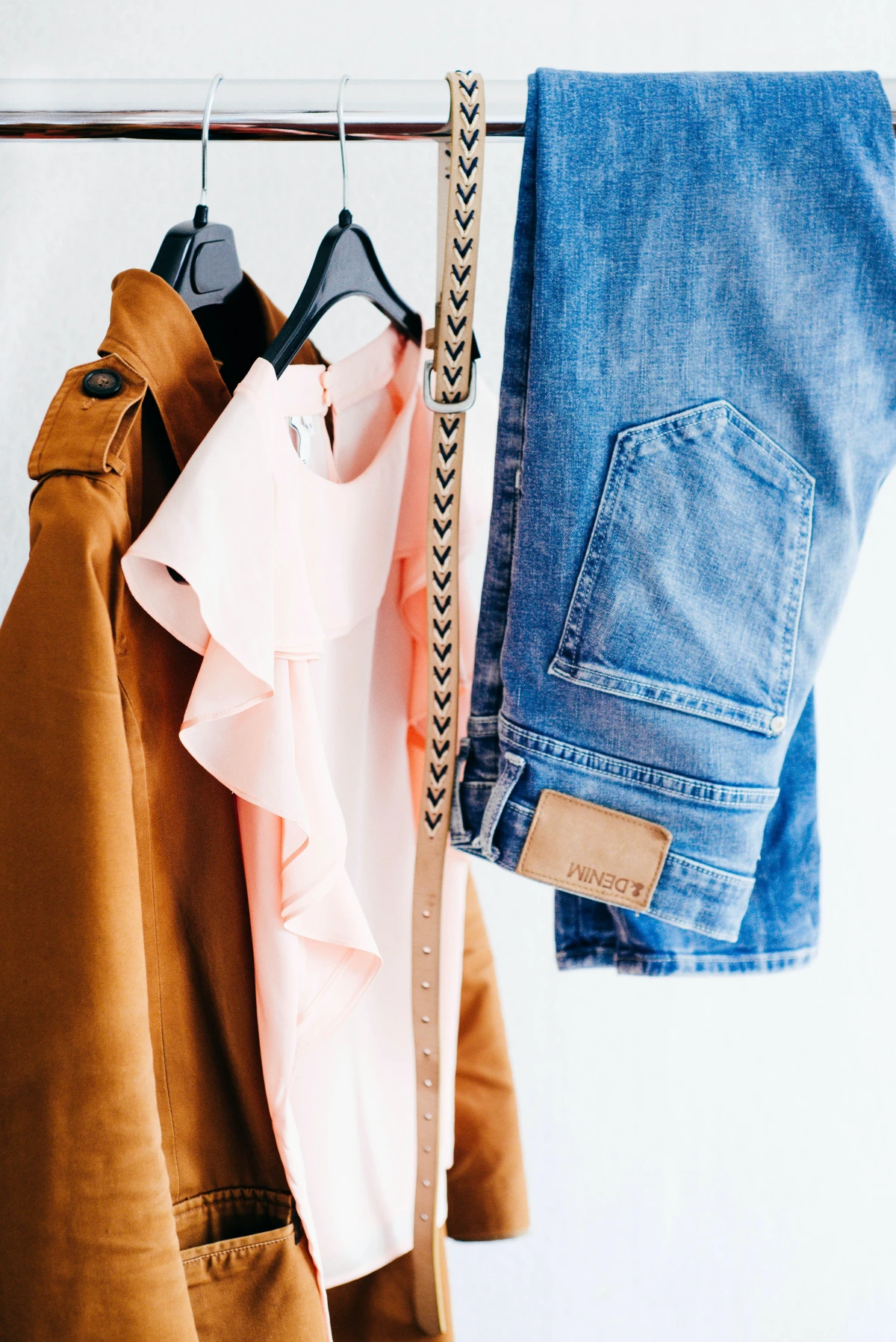
- You get early access to new collections before they’re listed online.
- They’ll alert you about restocks of your best-selling items.
- You might get insider info on which styles are performing best for other shops.
The secret? Treat your wholesale sales rep like a business partner. A friendly relationship built on clear communication is one of the most valuable, and overlooked, assets you can have.
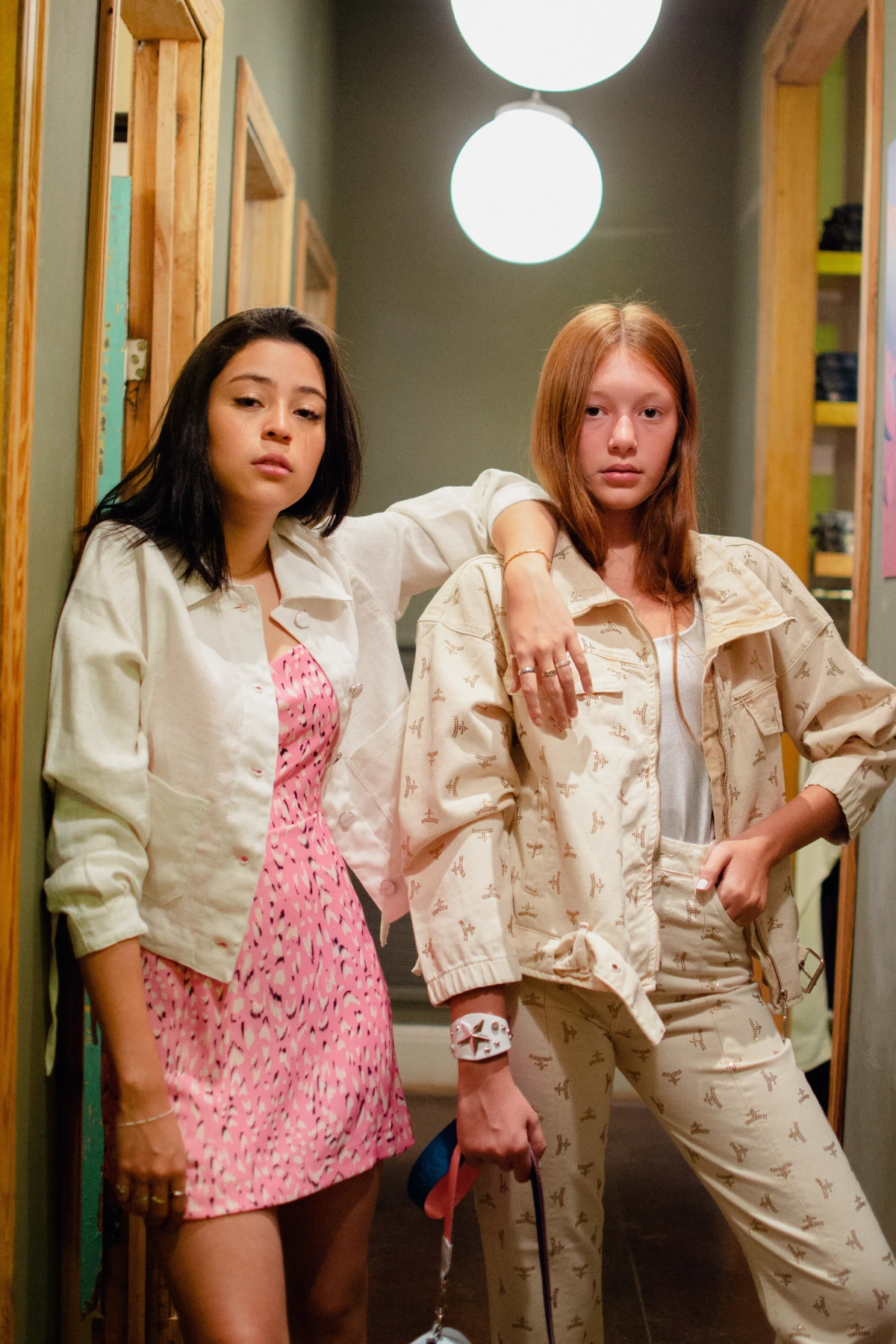
The biggest mistake new boutique owners make is buying too wide instead of deep. They buy one or two of 50 different styles.
Instead of offering a sea of single items, focus on a curated selection. It’s far better to sell out of 10 amazing, well-stocked styles than to be left with a chaotic collection of 40 single pieces that you have to heavily discount at the end of the season. Depth over breadth builds a stronger brand identity.
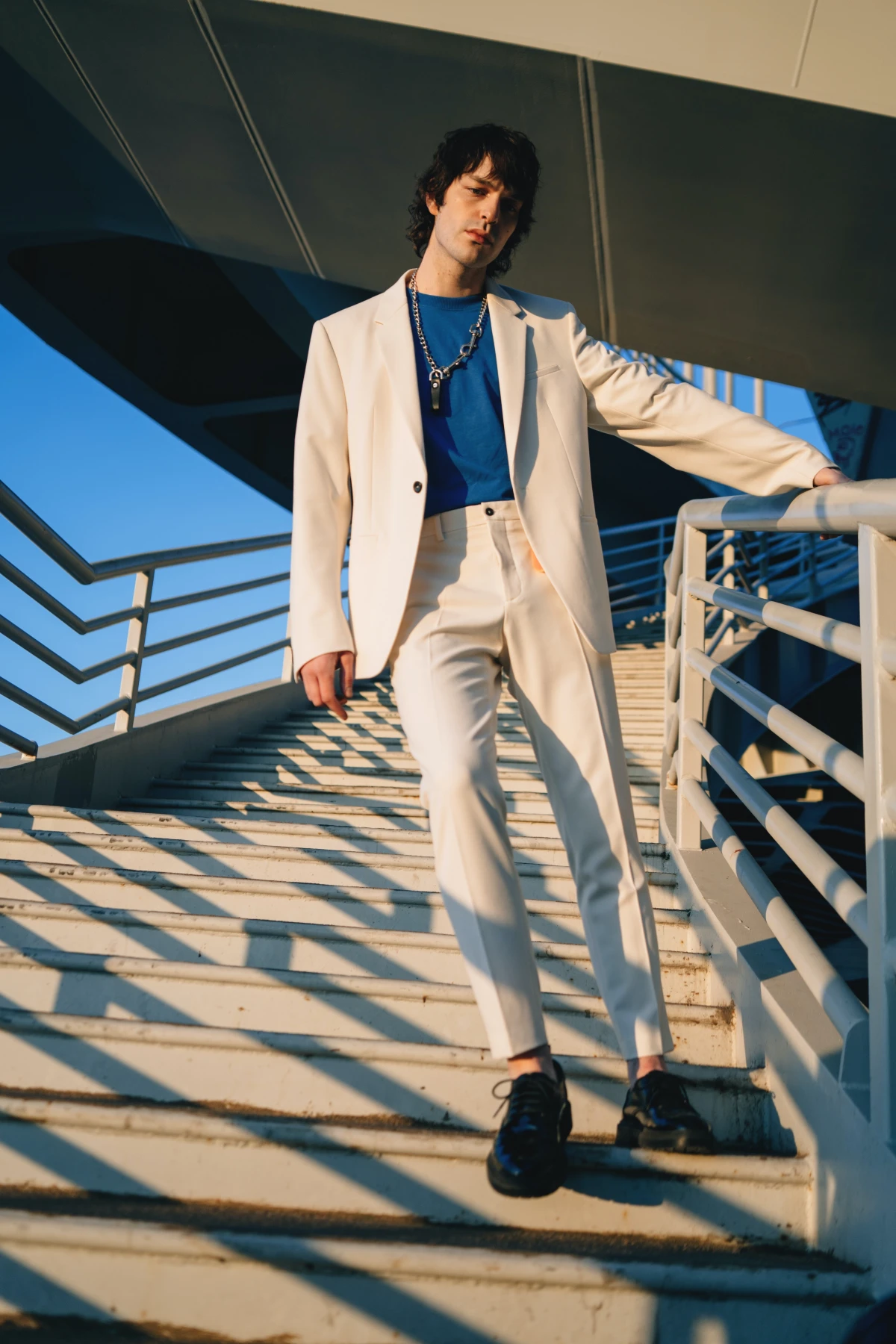
What’s the difference between inspecting a sample in a showroom versus a trade show?
A showroom visit is typically more relaxed, allowing for deeper conversation and detailed inspection. A trade show, like MAGIC in Las Vegas, is a high-energy, fast-paced environment. The goal there is to see as much as possible, quickly identifying potential vendors. Tip: Use trade shows for discovery and initial contact, then schedule a follow-up showroom appointment for serious buying decisions where you can better assess quality without the pressure.
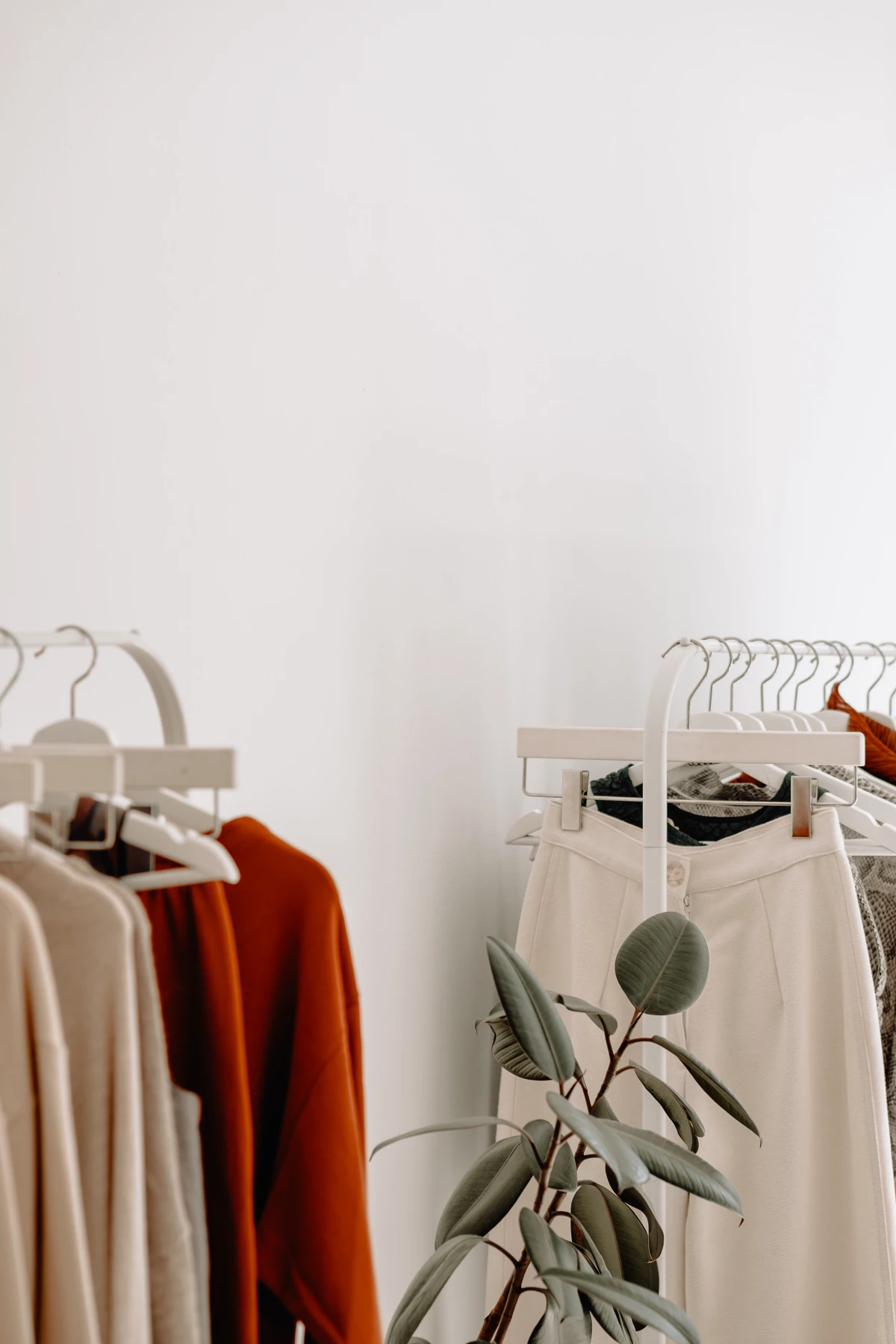
The Seam Test is non-negotiable. Gently pull at a major seam on a garment—along the side or at the shoulder. If you see the thread pulling apart, or the fabric puckering under minimal tension, it’s a red flag for poor construction that won’t survive a few wears, let alone a wash cycle. This simple, 5-second check can save you from a warehouse full of returns.
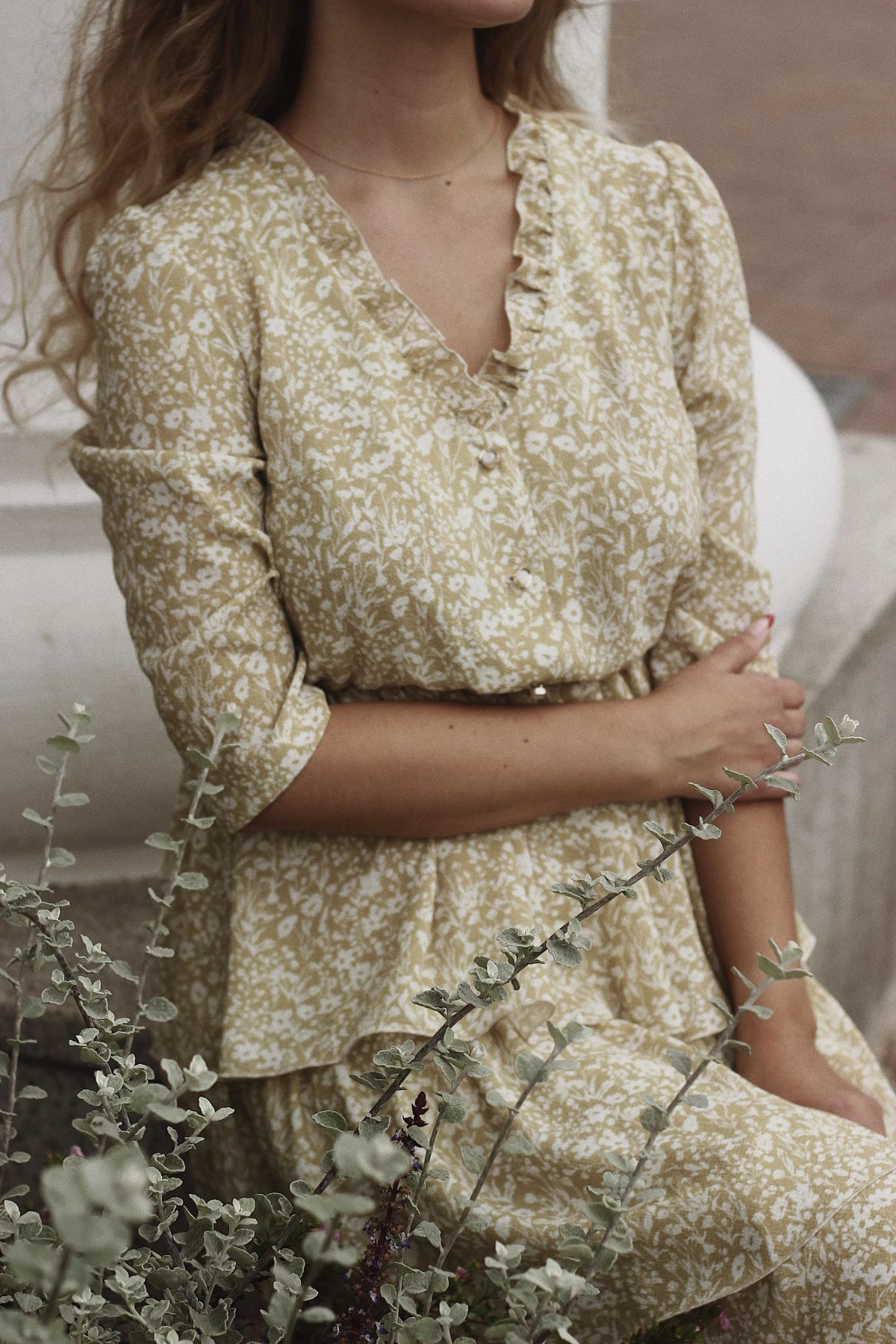
- Look for natural fibers: Prioritize pieces made from cotton, linen, Tencel, or modal. They not only feel more luxurious but are often more durable than cheap synthetics.
- Check the dye: Sniff the garment. A strong chemical smell can indicate harsh dyes that may fade quickly or irritate skin.
- Hardware matters: Test the zippers and buttons. A flimsy, plastic zipper from a brand like YKK’s lower-end lines can ruin an otherwise great garment.
Just 2% of the 75 million people working in fashion garment production earn a living wage.
This stark reality is changing how consumers shop. When sourcing, ask your vendors about their manufacturing ethics. Highlighting a partnership with a Fair Trade certified brand isn’t just a marketing angle; it’s a powerful statement about your boutique’s values that can create deep customer loyalty.










